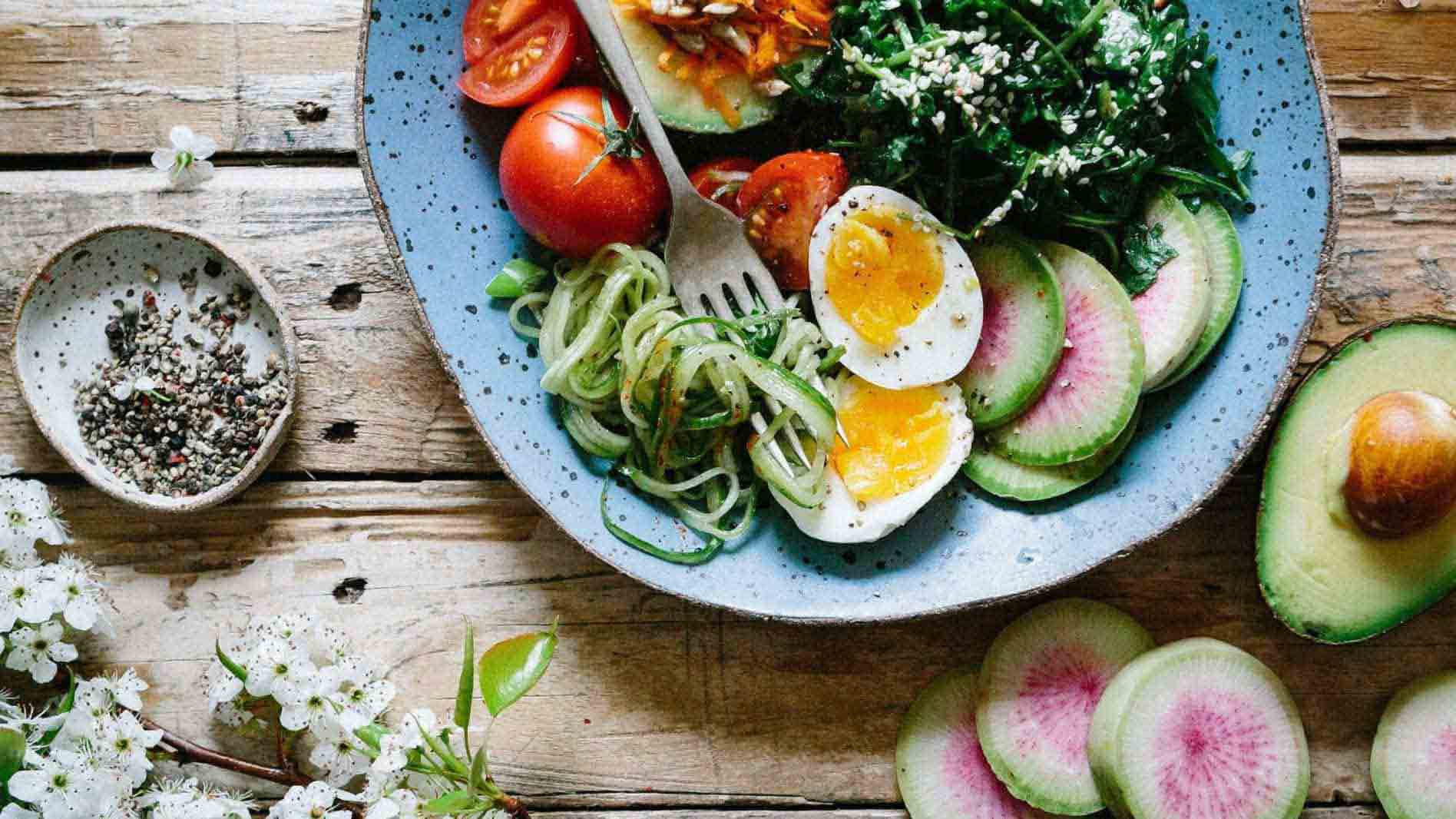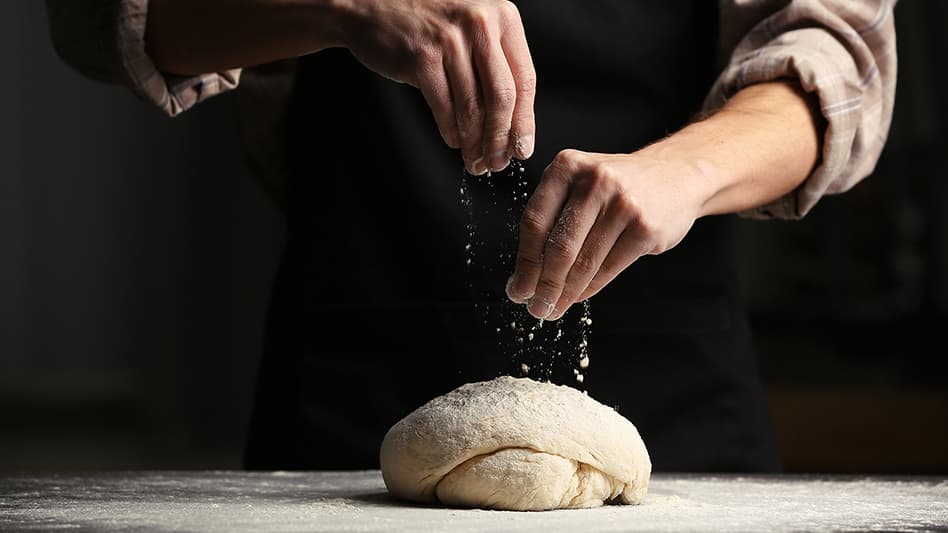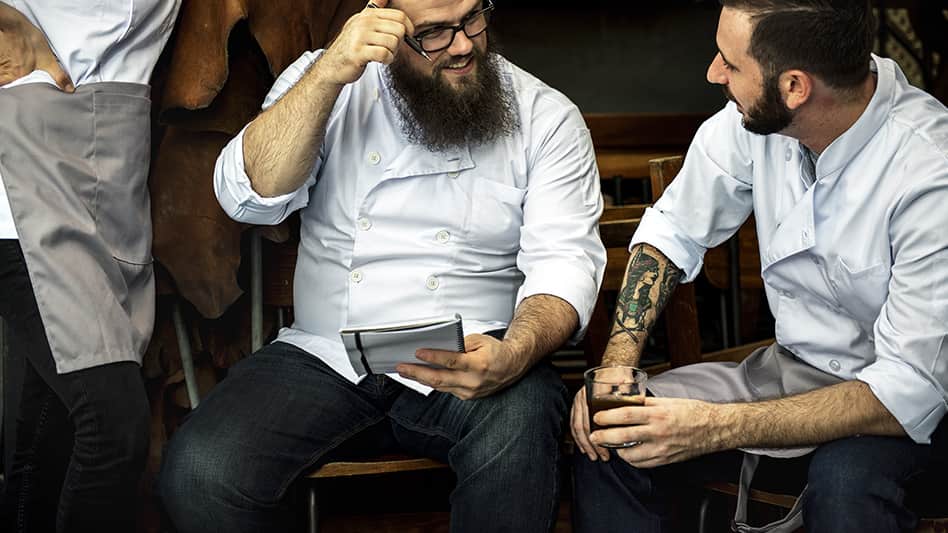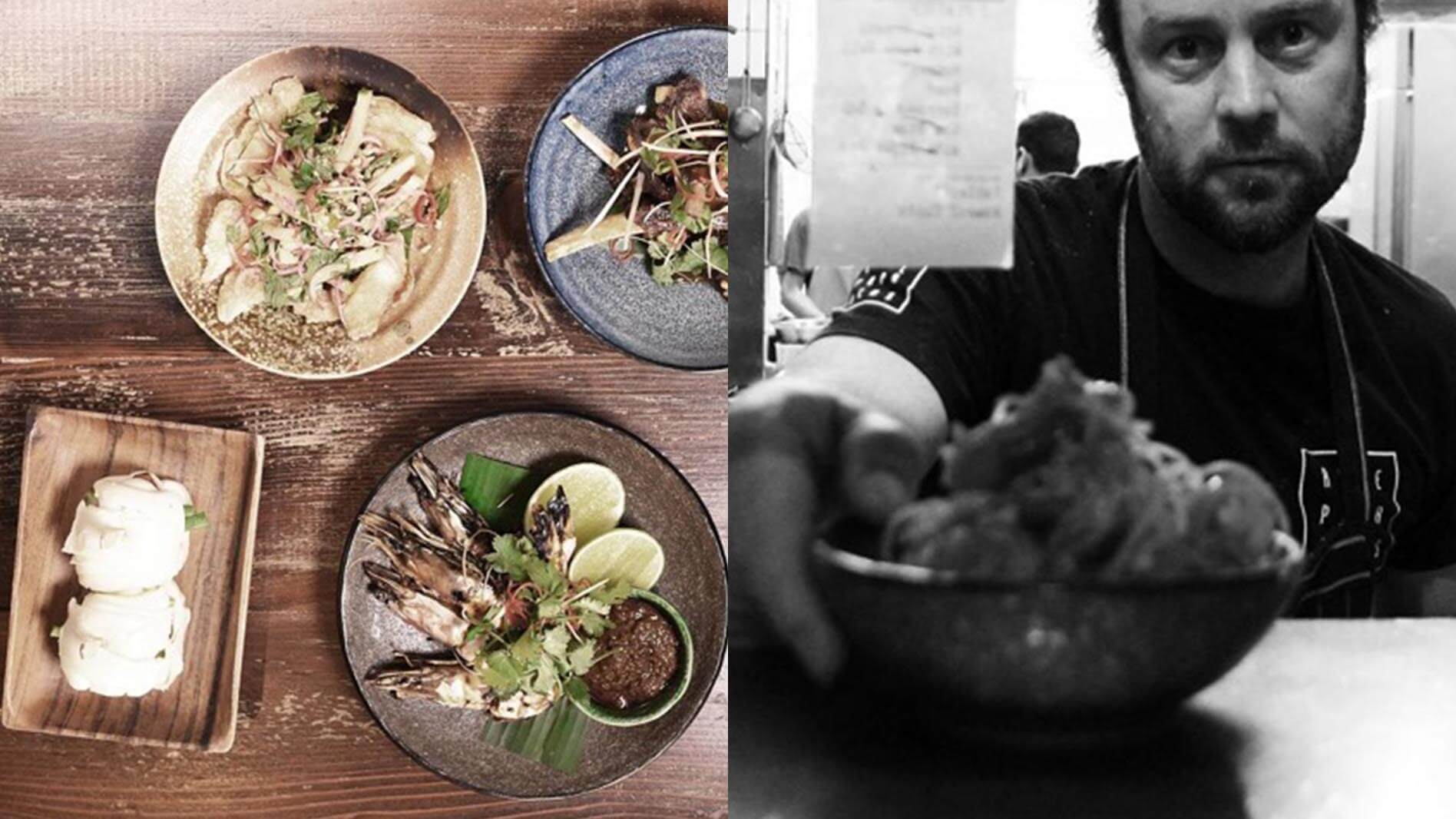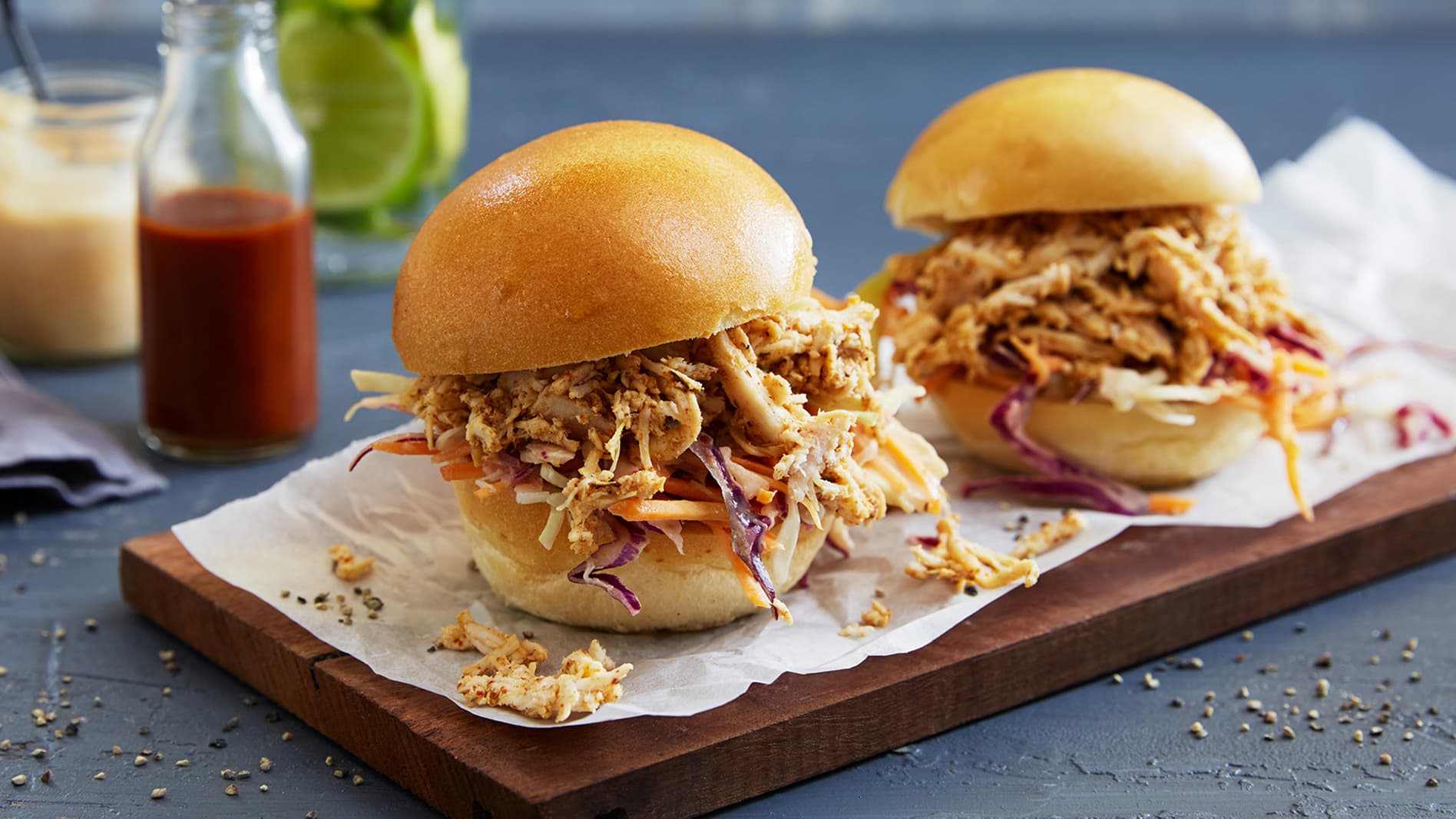Be inspired with recipes created by chefs.
Sign up for updates about products, special offers, news and promotional materials from Goodman Fielder.

Summary
Gluten free foods have been dismissed by consumers as tough, bland and tasteless. But as gluten free diets become a part of more Australian’s lives every year, food manufacturers have been put to the test to create products that taste and feel “like the real thing.”
On top of developing products that taste and feel like the gluten version, chefs and venues are feeling the pressure to incorporate as many gluten free options as possible into their menus to cater for the demand. Majority of products are now labelled as gluten free, there are still many on the market that are “hidden” gluten-free products – leaving chefs with more ingredients to play with when incorporating them into meals.
While many fruit and vegetables are gluten free foods, potatoes and corn commonly leave individuals questioning their status because of the way they are grown. Potatoes and corn are classified as gluten free and are commonly used as substitutes in recipes to replace items that have gluten.
Along with the popular vegetables, rice, quinoa and corn tortillas are also menu additions or replacements. All ranges of rice, from white to long-grain, as well as quinoa, has been found to be a great alternative to pasta if a gluten free option isn’t available. According to Forkly, chefs can also use quinoa to create a gluten free version of flour that can then be incorporated into the baking of savoury and sweet dishes.
Bread though has long been the biggest pain point in gluten-free stakes. A 2017 Consumption Study by the Grains and Legumes Nutrition Council found 87 per cent of consumers eat bread on a weekly basis, with 40 per cent consuming it daily.
And as the consumption of gluten free bread increases, the majority of consumers have questioned the quality. After years of gluten free loaves of bread being shrunken, dense and tasteless, consumers have now revealed their need for a bread that mimics the feel and flavours of those that contain gluten.

Our friends at Helga’s have taken all of this on board and developed a game-changing range that has shown consumers there is such thing as gluten free bread that is just like real bread – instantly improving a venue’s breakfast and lunch gluten-free offerings. The new recipe delivers bigger slices and a soft texture – meeting the demand of a “normal bakery experience” from gluten free followers.
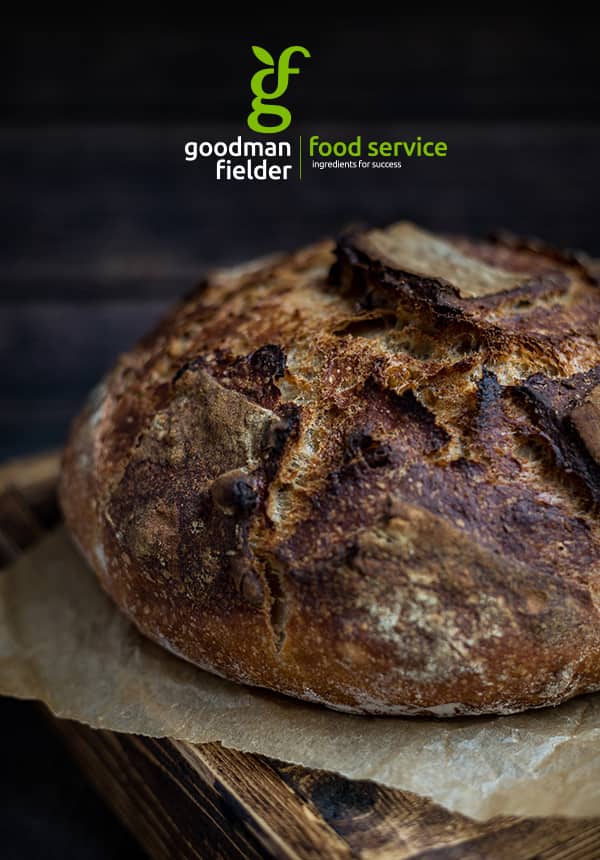
Is your Gluten Free offering hitting the mark?
Download your free Gluten Free In The Kitchen Guide today to reduce the risk.
And for chefs looking to create gluten free options for a desserts range, marshmallows, and macarons are all gluten free as well. Marshmallows are made out of sugar, water and gelatine, meaning they’re one of the more simplistic and quickest, dessert alternative to serve guests who follow a gluten free diet. Whereas, macarons are created with almonds, sugar, egg whites and cream – making the perfect gluten free addition to an afternoon treat menu.
As an added benefit, regular kitchen items such as plain milk, almond milk and plain yogurt are also classified as gluten free. Though while there may be many hidden gluten free products in the kitchen, it is important to remember that for them to remain gluten free, they need to be packaged, prepared and cooked separately and carefully.
Gluten free foods are also easily cross-contaminated in the kitchen following delivery if they are prepped or cooked in the same area as gluten-based products. For example, cross-contamination can occur if flour is being used within a small space, if items are being sliced and diced on the same chopping boards and if foods are fried or deep-fried in the same fryers.
As reported in our previous article, How gluten free diets are growing and how you can prevent cross-contamination in your kitchen, 62 per cent of diners who follow a gluten free diet are afraid of cross-contamination when eating out. Gluten free diets have become very important to many Australians and have the impact to affect a venue’s reputation and bottom-line.
By incorporating foods that are gluten free, it can help build a restaurant or café’s reputation and audience. Chefs need to ensure they research foods that don’t contain gluten and feature them in their kitchens, as either replacement products or an every-day menu item.
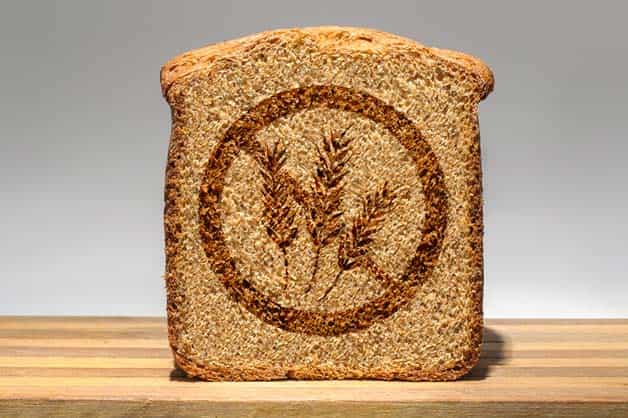
Looking for inspiration on dishes that are gluten free? Why not give the below a try:
- Lemon and cashew rice
- Zucchini and goats’ cheese frittatas
- Cornbread
- Grilled prawn, mango and snow pea salad with chilli-lime dressing
- Spicy chicken tacos with slaw and avocado dressing
- Gluten-free bread and butter pudding
- Apple snow pudding
- Chicken laksa
- Blueberry custard pudding
- Thai pork lettuce wraps
Do you want to make sure you are up to date on all things gluten free? Do you want to make sure your kitchen is complying with all the necessary regulations? Check out the Coeliac Australia Gluten Free online course below!
Related Ideas
25th March 2023
A Chef’s Guide to Gluten Free Baking
Want to know how to turn your bakery goods into a gluten free delight? Check out our gluten free baking guide now.
25th March 2023
The Importance of Mentorships in Hospitality
The hospitality industry is changing at a pace we have never seen before. To make these challenging times slightly easier, a greater emphasis needs to be placed on mentoring and training the younger generation of chefs to ensure the future of hospitality is stronger than ever before.
21st March 2023
How Chefs can Deal with Dietary Requirements in their Kitchen
One of the key issues that many chefs face in dealing with dietary requirements in the kitchen is that it changes the nature of their dish. We spoke to some experts on how they deal with dietary requirements in their kitchens.
